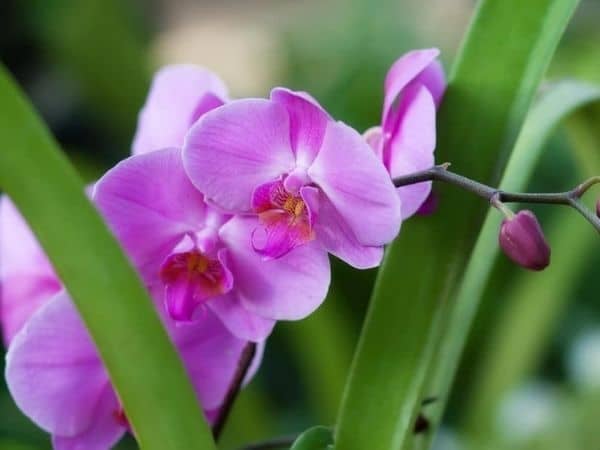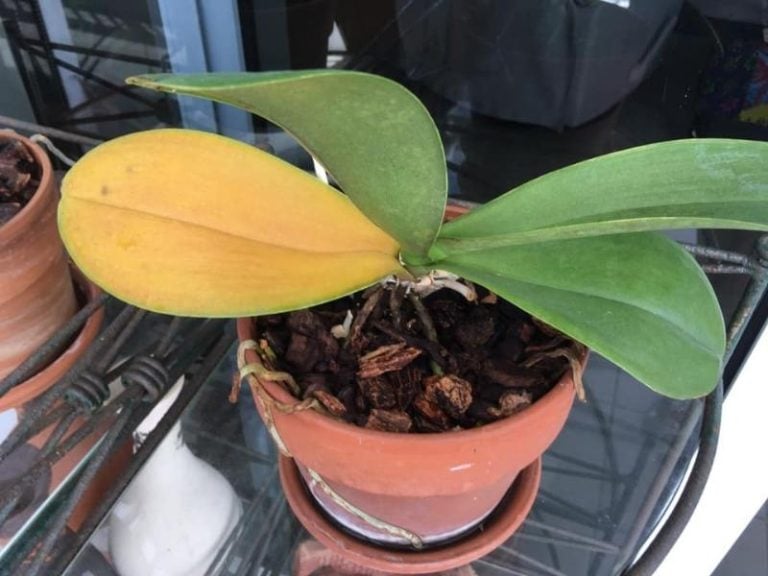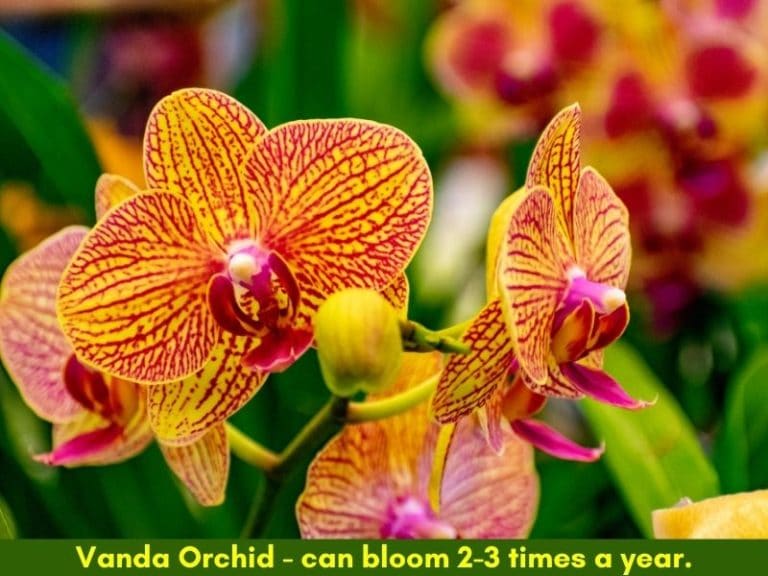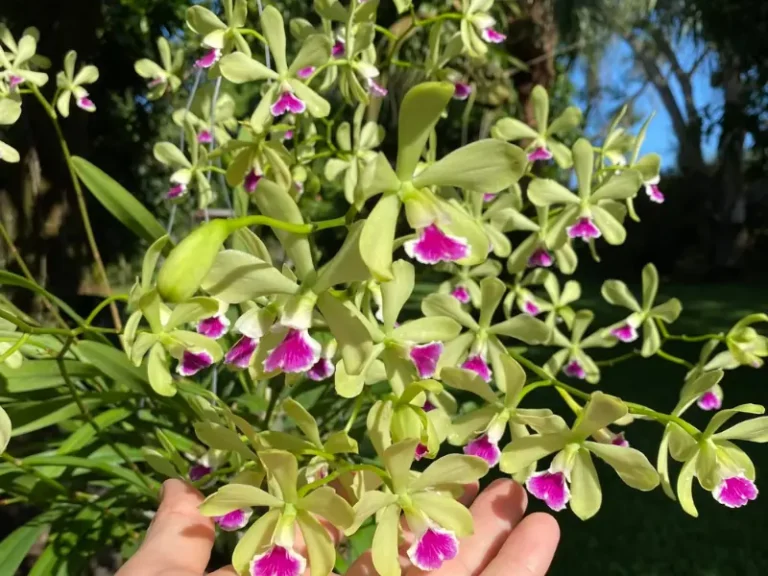Orchid Lifespan: How Long Do They Live?
Orchids (Orchidaceae sp.) are said to be one of the oldest flowers to exist today. They are specific about their growth requirements, but their lifespan will vary depending on the species and growing environments.
So, how long do orchids live?
The lifespan of orchids is about 20 years in the wild and up to 9 years when grown indoors. Indoor potted orchids do not live as long as those growing in the wild, but they can last much longer if well cared for. The lifespan of orchids also depends on the variety.
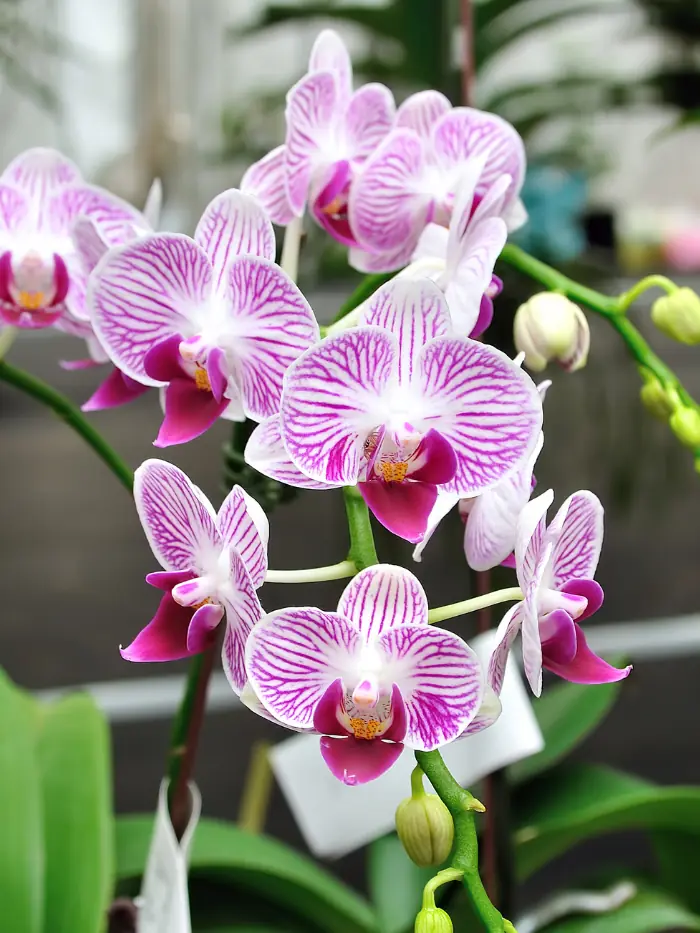
Therefore, we can say that orchids can last anywhere between 5 years and 100 years depending on their growing environment and the kind of care they receive.
How long do orchids live?
Orchids can live from a few months to a few years or decades, depending on how you care for them. The more intensive care given, the longer the plant lives. Be accurate about the growing media and environmental conditions.
Lifespan of indoor potted orchids
Indoor orchids can live for 5-9 years when well cared for. However, their lifespan depends on the species or variety and the indoor growth conditions. As much as you have grown the orchid in a suitable container with the right potting mix, it’ll live longer.
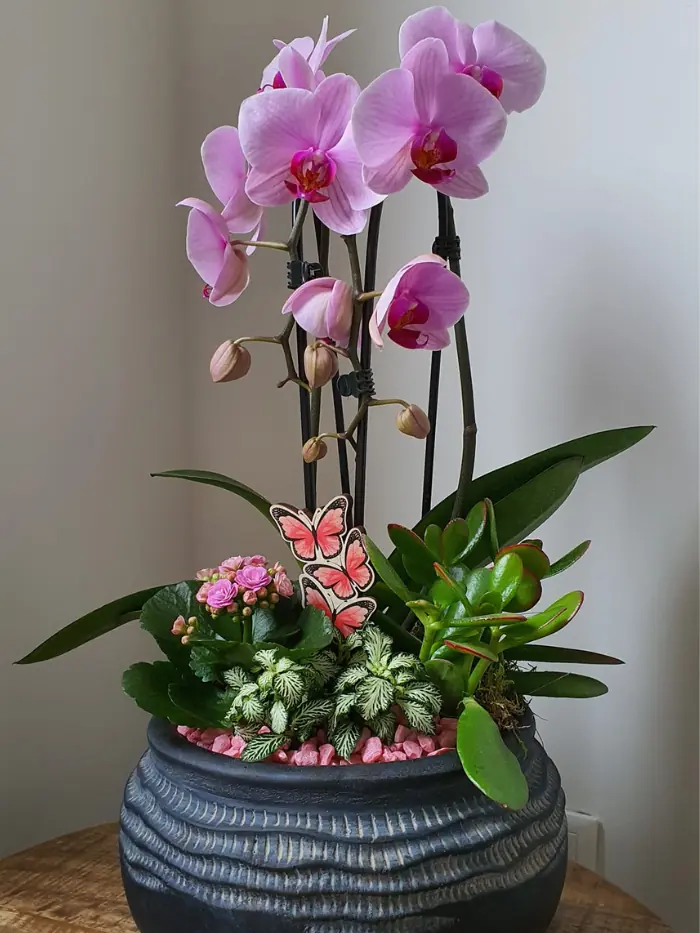
Tips to help your orchid live longer
Depending on how you treat it, orchids can live for several months or decades. Well-cared-for plants thrive longer, while those lacking optimal growth conditions perish.
Here are the best ways to care for your orchid so it lives longer.
1. Use orchid potting mix and a container with drainage holes
Orchids grow in a specific growing media, not potting soil.

In their natural habitat, orchids grow on the bark or trunks of other trees, using their thick roots to attach themselves. They are, however, not parasitic and thus get their light and nutrients.
As epiphytes, orchids thrive in orchid potting mix, not regular potting soil. The mix must have good aeration and drainage to imitate the natural environment in which their roots thrive.
Since orchids prefer a well-drained and aerated mix, their planters must have enough drainage holes underneath or on the sides. Clay planters are the best since they are porous, allowing air circulation and water drainage.
2. Place the orchid planter in bright, indirect light
Orchids thrive and bloom under indirect sunlight of 1500-1700 foot candles. Observing its leaves lets you know if your orchid is getting the right light. On direct light, the leaves turn dark green and bright green on low light.
To raise a happy, long-lasting plant for bright, place the planter near east or south-facing windows for bright indirect sunlight. Put the container near south-facing windows in winter and add grow lights to increase the light intensity.
3. Keep temperatures between 65 and 80°F
The moth orchid, or phalaenopsis, is the most common species grown indoors since it quickly acclimates to indoor conditions. Phalaenopsis is hardy in USDA zones 10-12 and require day temperatures of 75oF-80oF and 65oF night temperatures.
Move the plant away from furnaces or fireplaces that can increase the temperature, affecting the plant.
In addition, remove the planters from windows in winter to protect them from cold drafts.
4. Provide 40-60 percent humidity
Orchids prefer moderate humidity of about 40-60 percent. Low humidity can make their leaves appear wrinkled, while higher humidity harbors fungi and bacteria.
Add humidifiers to raise the air moisture in low humidity, or place the planter on a pebbles tray. In addition, keep the container away from air conditioning vents to maintain humidity.
5. Water once or twice a weekly
Orchids thrive best in well, drained, moist soils in pots. However, overwatering your orchids causes waterlogged or soggy soils, killing the plant quickly.
Watering the plant is necessary to keep its potting mix moist and not soggy or completely dry.
Depending on the variety, you might need to water your indoor orchid once or twice weekly when it’s actively growing.
The phalaenopsis, or moth orchid, lacks pseudobulbs to store water and thus needs more frequent watering than other varieties. They should be watered twice weekly when actively growing; once weekly is okay for other species.
Drench the soil thoroughly for about 10 minutes and let the excess pass through the drainage holes underneath. Don’t pour water on the orchid leaves to avoid exposing them to diseases like leaf spots that might kill them.
A good time to water the potting soil is when the top half inch is dry, not the entire mix. The soil shouldn’t dry completely; if it does, the plant might get stressed and fail to bloom.
6. Fertilize the orchid once monthly during the growing season
Orchids require light fertilizing when actively growing to encourage blooming. Water-soluble orchid fertilizers are the best to apply.
Apply them once monthly in spring and summer when the orchids are actively growing, following the labeled instructions. Water the potting mix lightly to wash the remaining salts that might burn the plant.
Apply only the recommended fertilizer quantity, as excess can make the plant grow lush leaves with no flowers.
Stop fertilizing when blooming is over until the following season.
How long do orchids take to bloom?
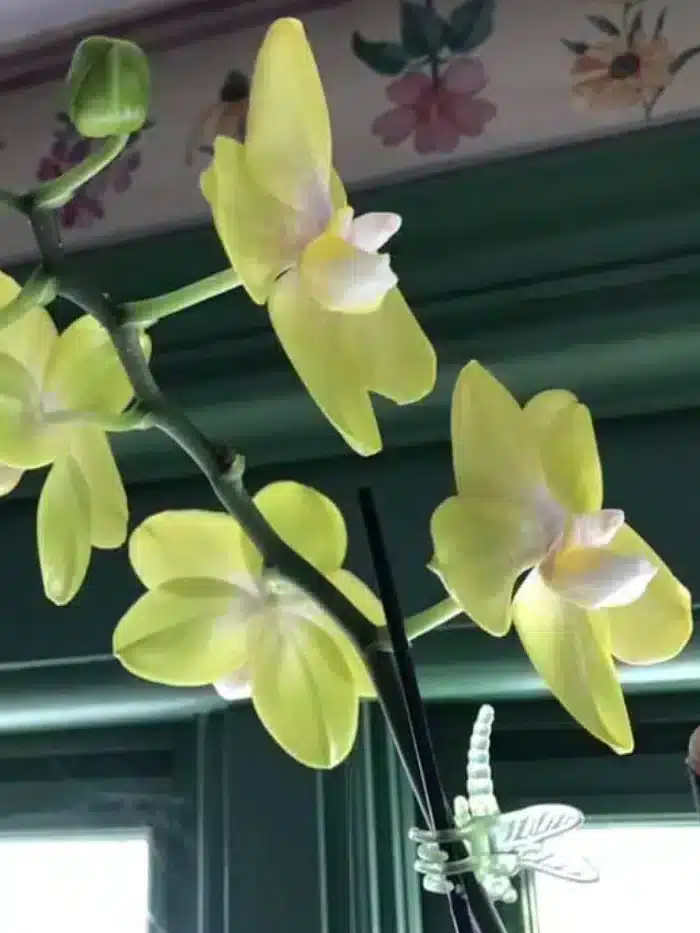
Propagated orchids can take about one year before they bloom, while those growing from seedlings can take up to eight years. Most of my orchids bloom once a year, but when they’re very happy, they produce flowers 2-3 times.
Orchids propagated from division take a shorter time to bloom than seedlings. An orchid division will take months to mature and form buds, or spikes, from which the flowers emerge. Once grown, the buds take another 3-4 months to produce blooms.
The flowers stay for about six to ten weeks in early spring. Orchids can bloom once a year, or more, depending on how well they are cared for. After flowering, the plant enters the rest season, where its roots grow further to prepare for the following growing season.
Sometimes, orchids might fall bloom because of poor growing media, water stress, and harsh environmental conditions.
On the other hand, orchid seedlings take longer even to grow roots and leaves. The seedlings take up to two years before you can see the foliage and another five years to mature to produce blooms.
Here are a few tips to make the orchid bloom; faster and longer:
- Place the orchid planter near windows with bright, indirect sunlight for about 8-12 hours daily. South and East-facing windows are the best.
- Grow orchids in orchid potting soil with good aeration and drainage.
- The planter must be porous for air circulation.
- Don’t let the orchid potting mix dry. Water when the top half inch of soil is dry, and let the excess water pass through the drainage holes underneath.
- Don’t overfertilize since it causes lush foliage growth but no blooms. Fertilize once monthly when the orchids actively grow.
- Place a pebble tray under the orchid planter, or add a humidifier to maintain air moisture.
Conclusion
Although they are different to grow and care for, orchids make colorful houseplants that transform the aesthetics of your home or office. The orchid can live longer in the correct growing media, container, and optimal growth conditions.


